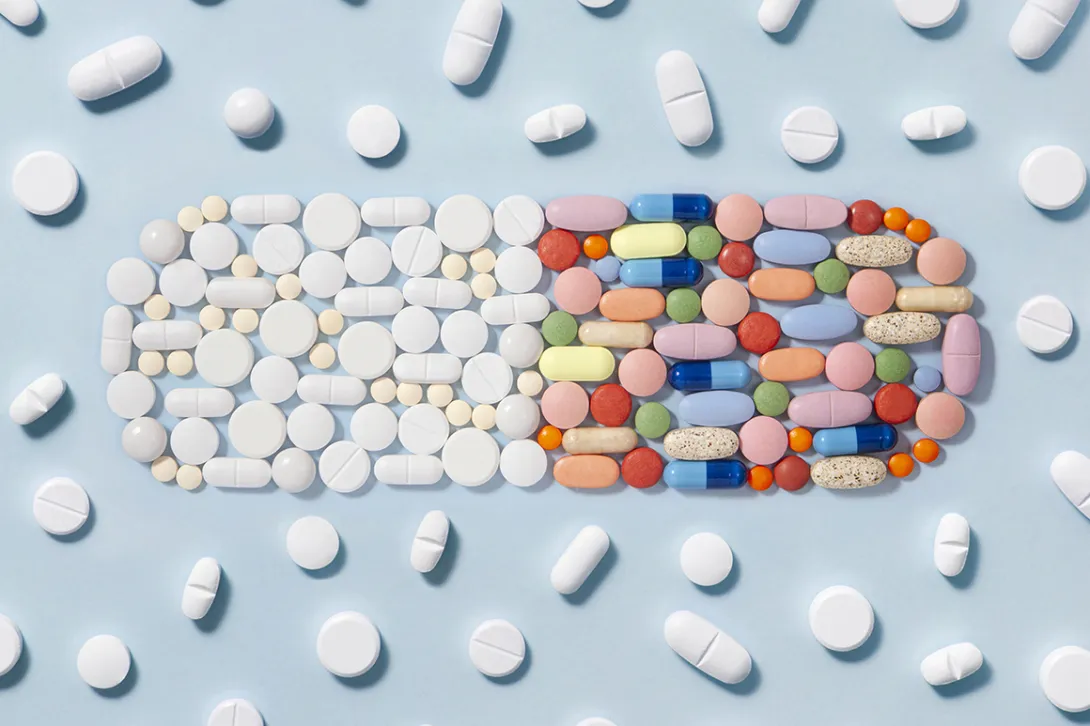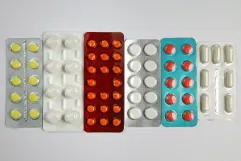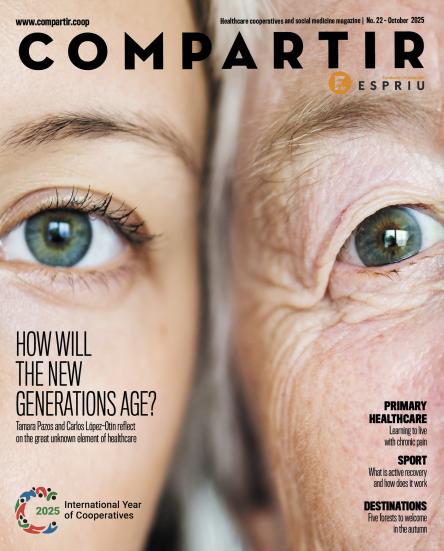
Universal access to drugs
For decades, the availability of drugs and pharmacological treatments has been limited to certain countries, a situation that has improved considerably thanks to initiatives such as the creation of the WHO’s List of Essential Medicines.
For a long time, drugs and health treatments have depended, in many societies, on economic means and social class. Today, fortunately, more and more healthcare systems around the world guarantee universal access to the so-called essential medicines.
As the World Health Organisation (WHO) informs, these drugs are the ones in charge of treating the priority needs on the subject of the population’s healthcare. For this reason, they must be available, affordable and have a guaranteed quality at all times.
Since 1977, WHO has published, every two years, a list of essential medicines. The first one included around 200 drugs. The last one, published in 2023, includes over 500 (amongst them, 361 for children). The purpose is to orientate countries in their work of preparing and up-dating their respective national lists. At present, 150 countries around the world have this type of document based on the WHO model.
As explained by Fernando Antezana and Xavier Seuba in the essay Medicamentos esenciales: Historia de un desafío (Essential medicines: The History of a challenge), after immunisation and the promotion of healthy habits, the lists of this type of essential drugs have been one of the most effective steps for improving public health. At the same time, this policy based on establishing some criteria about which drugs are essential is born, partially, as a response to the overabundance of products that we can find on the market, in many cases just different trade names of medicines that are virtually the same.
Be that as it may, the truth is that the number of patented drugs that are on the model list has increased over the years, going from 17 out of a total of 319 (5%) in 2003 to 82 out of a total of 502 (16%) in 2023.
In response to the increasing threat emerging due to resistance to antibiotics, the WHO guide introduced the AWaRe classification (Access, watch and reserve), which gives guidance about the empiric use of essential antibiotics for over 30 clinical infections in community and hospital settings. This classification has been the foundation for some wider guidelines regarding the prescription and consumption of antibiotics, which has contributed to optimising their use.
The fight for universality of drugs continues
In spite of these advances, several difficulties to access essential drugs still persist. Availability and affordability are some of the most prominent problems. Treatments against cancer and other non-transmissible disease have a high cost that can even bring the health systems themselves into difficulties.
According to data from the Global Health Observatory corresponding to the period of 2010-2019, medicines represent between 20% and 60% of the expenditure in health of developing countries. Almost 90% of this population must acquire them paying their cost, which means they become the main expense of families after food.
In view of this, the WHO recommends introducing or strengthening policies “that reduce the expense from patients’ own pockets on medicines and health technologies.” It also invites policies to be developed that ensure the maintenance of sufficient reserves of essential products, improving structures in the acquisition and the supply chain; a question that is essential particularly in global healthcare crisis situations, such as the one we experienced with the outbreak of the COVID-19 pandemic.



